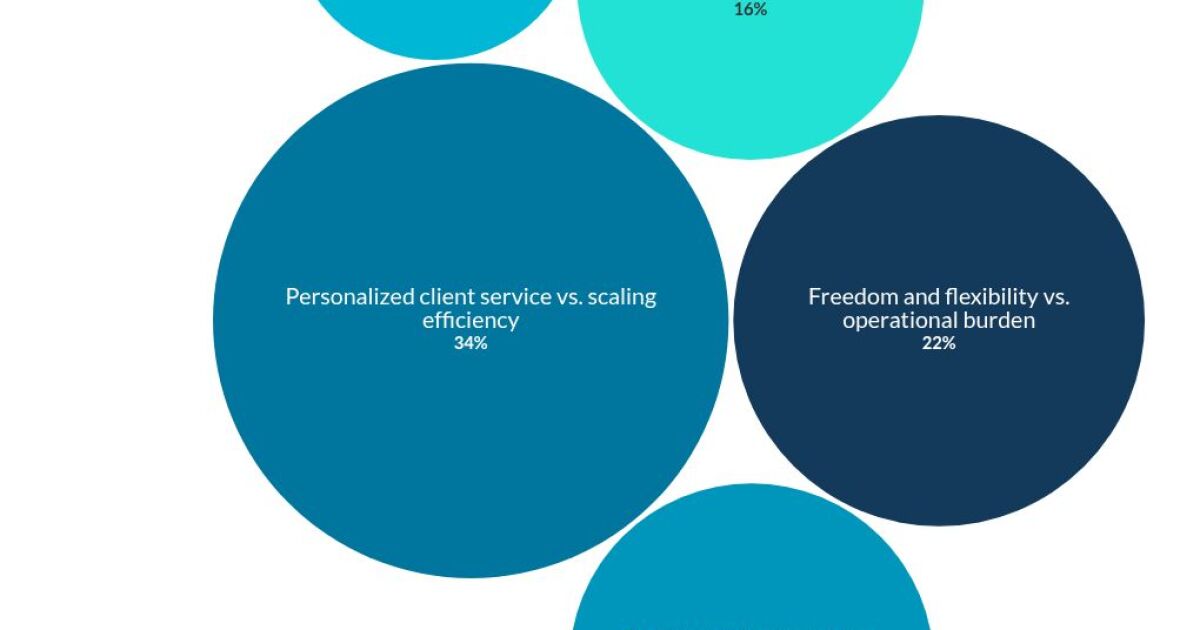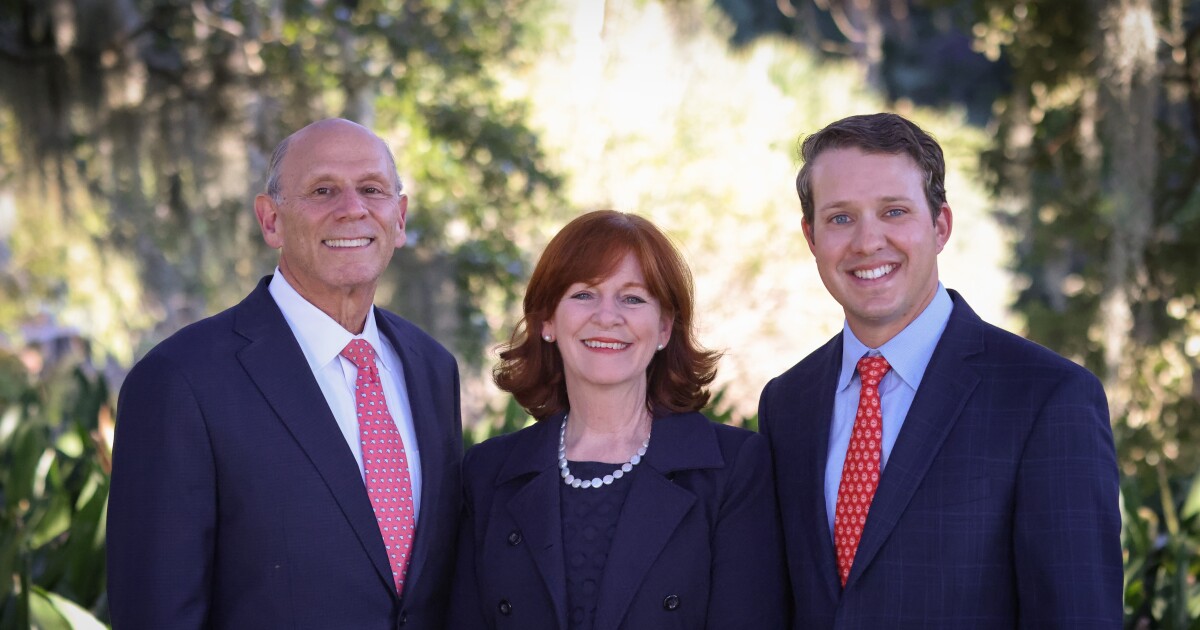This is the 27th installment in a Financial Planning series by Chief Correspondent Tobias Salinger on how to build a successful RIA. See the previous stories here, or find them by following Salinger on LinkedIn.
The growth of registered investment advisory firms is turning their widespread lack of succession plans into an even bigger problem.
But planning to exit the business someday is typically much easier said than done for many financial advisors, who operate in a widely dispersed field of tens of thousands of RIAs and usually enjoy working with their clients much more than completing administrative tasks. If they aim to retire in the next decade with an internal succession that doesn’t involve selling the business to an RIA consolidator or another large wealth management firm, they may have already delayed their succession planning too long.
“You need to start early. You can’t be wanting to retire in five years and think that you’re going to start this a year before you retire,” said Dominique “Dom” Henderson, a planner who is the founder of Dallas-based RIA firm DJH Capital Management and the Jumpstart Coaching Lab, an advisor training and coaching firm. He recalled a presentation at an industry conference this year by an advisor whose firm has about $300 million or $400 million in client assets but two failed succession plans in the past.
“She had been trying at this for 15 years, so this is the reason that people hire consultants to help them with this,” Henderson added. “It’s a lot of moving pieces, so my advice to anyone is, start early.”
READ MORE: What’s wrong with the big RIA model, straight from advisors’ mouths
The scale of the succession problem
The succession concerns persist across wealth management, even as industry research reports have continually documented the problem and advisors’ lack of action. More than a third of the industry’s advisors with over 40% of its client assets are planning to retire in the next 10 years. But many haven’t formed succession plans.
For example, just 30% of the roughly 200 advisors polled as part of FP’s latest monthly Financial Advisor Confidence Outlook survey said their firms have a formal, documented succession plan, with another 26% saying their company has only an “informal or loosely defined” one in place. In another survey released earlier this year, just 6% out of a group of 180 advisory practice owners planning to retire in the next decade had completed each of four important succession steps that pollsters from wealth management firm Kestra Holdings and independent research firm 8 Acre Perspective asked them about. That includes developing timelines for leadership changes, equity and client transitions, and stock compensation for one or more successors.
“The risks of delaying transition planning are high: risk to continuity of care for clients, risk of losing valuable talent and ultimately risk to firm value,” according to the June report, “Succession Misalignment Between G1 and G2 Advisors.”
When asked to estimate the share of independent RIAs or advisory practices that have created a formal succession plan, Succession Resource Group CEO David Grau guessed that it’s about 10%, when rounding up. And two of the factors he says are contributing to the problem stem from a couple of key trends shaping the record size of RIAs in the past decade: their recurring advisory fees and their S-corporation structures.
In contrast to attorneys and accountants who “can’t wait to eventually get off the treadmill,” the wealth management industry’s ongoing surge into advisory business and away from commission compensation means that what “makes them so incredibly valuable is the thing that leads them to not really needing or wanting to engage in succession planning,” Grau said.
READ MORE: How financial advisors can buy a wealth book of business
Take your time
Similarly, the mass RIA election filings for status as an S-corporation with the IRS provides greater profitability through lower federal taxes. However, Grau’s team frequently reminds advisory practice owners that, “how you create a succession plan actually starts with compensation, as weird as that sounds,” he said.
And most basic S-corporation structures prohibit different classes of ownership, which makes compensating any successors with equity more difficult for RIA founders who are reluctant to part ways with it. So Grau often suggests that owners reaching out to begin their succession plans start by creating an individual S-corporation that holds their particular interest in the RIA pass-through entity.
“If I only have one type of equity and it’s the same type that I have, I’m going to be very stingy with it,” Grau said. “There is some merit to the S-corp, but we have to make sure we use it strategically, where we don’t pick up one feature but eliminate 10 others as a result.”
Those kinds of moves, plus selecting and training a successor, take a long time. That explains why experts like Brandon Kawal, a partner with consulting and transaction advisory firm Advisor Growth Strategies, suggest that RIA owners create their succession plans almost a decade before they anticipate retiring. Otherwise, the increasingly available deals with RIA aggregators or other large wealth management acquirers or a merger of two midsize advisory firms of comparable size could present the solution.
“The founders have a timeline that they would like to hit,” Kawal said. “I still think there are a lot of firms that will try to see this through from an internal standpoint, but you’re just going to have to be aware that it’s going to take longer and it’s going to take a lot of compromise to get it done.”
Succession planning amounts to “a pretty gargantuan-level effort” for a lot of RIAs, because it’s one of the toughest aspects of the business that isn’t related to their guidance to clients and the services to them, Henderson said.
“There’s a difference in skillset between delivering financial advice — which most people that are running their own RIAs are really great at doing — versus running a business,” he said. “They’re going to have to develop that expertise at some point, which means that they’re going to have to take energy from the client servicing side and focus on how to be a CEO or COO and build that portion of their businesses.”
























